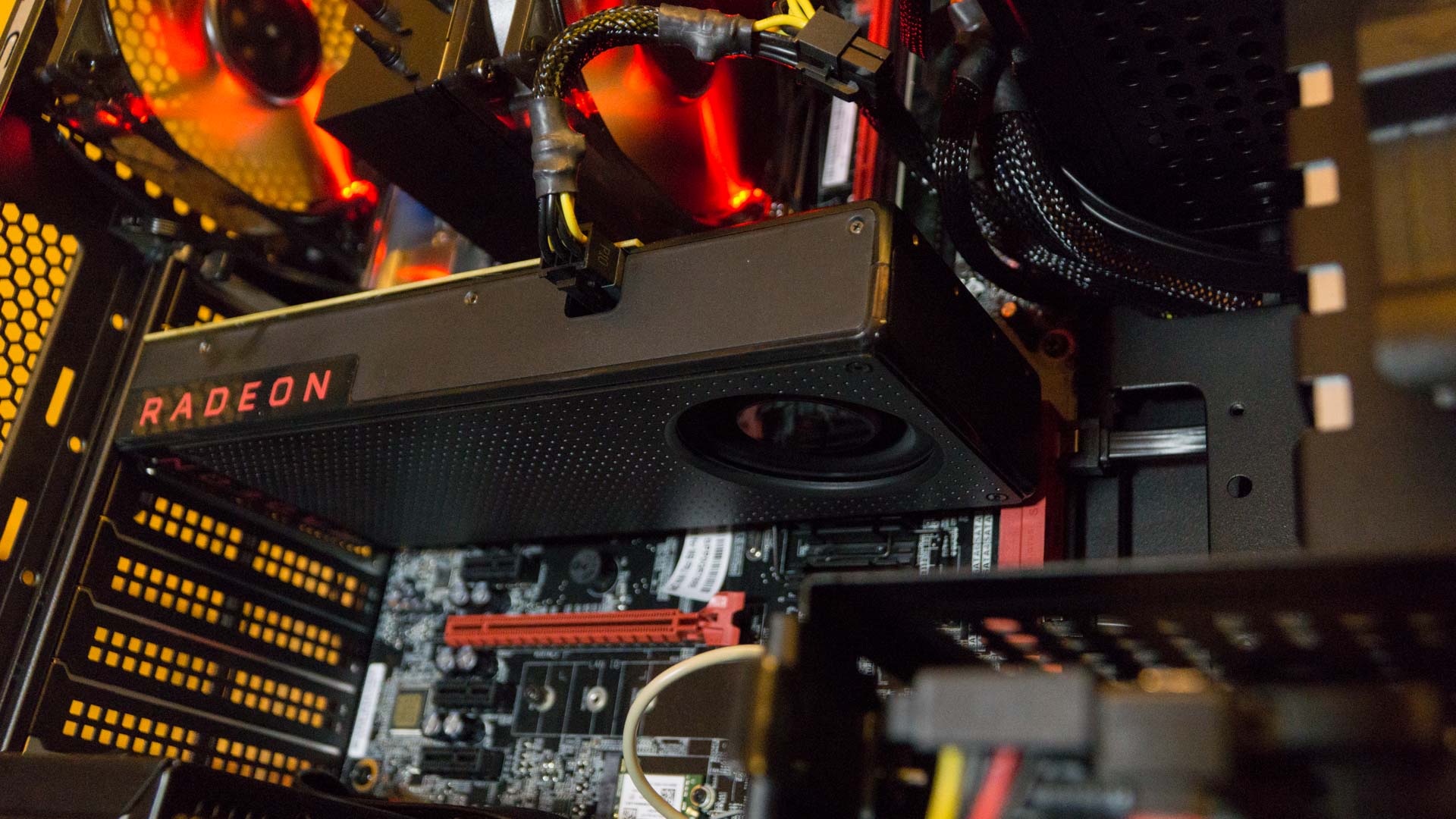Why you can trust TechRadar
So, how does the RX 480 perform? At 1080p it dominated our testing suite, with both Far Cry Primal and The Division averaging 60 fps and 58 fps respectively. Total War: Attila, one of our more aggressively unoptimized titles, achieved an average frame rate of 30 fps.
Rise of the Tomb Raider and Ashes of the Singularity (the latter running using DX12), achieved 34 fps and 36 fps respectively. That doesn't sound like the 60 fps dream frame rates that we all strive for as PC gamers and enthusiasts; however it's important to bear in mind that we purposely ramp up every setting possible, including the more GPU aggressive forms of anti aliasing, and HD texture packs. Comparing this to a reference GeForce GTX 970, we saw the RX 480 out class it in every title by 10-15% on average, with a notable improvement at 1080p.
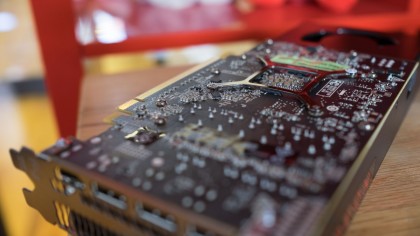
At 1440p, the tables turn even more, partly in thanks to the RX 480's 8GB of VRAM and partly due to the overall design of the asynchronous computing processor at its heart.
Frame rates remained steady, even with our high-definition texture packs installed, with Far Cry Primal and The Division still well up into the 40s. The most impressive feat however was our Ashes of the Singularity benchmark, where the RX 480 achieved a stunning 30 fps average - only 6 fps fewer than at 1080p.
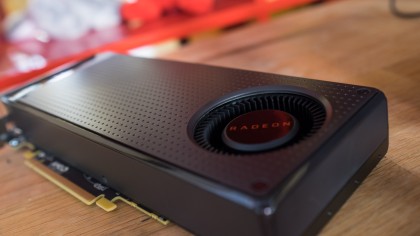
Cool customer
As far as keeping that 14nm GPU cool goes, the RX 480 holds its own with an innovatively redesigned blower style shroud that pulls in air from both sides of the card. This is particularly interesting because the card features a smaller PCB than we've come to expect from the likes of a mid-range graphics cards such as this.
The single six-pin power combined with a TDP of 150W also hints at a far simpler PCB design. Yet even with that single six pin, we still managed an admirable 8.5% overclock on the core clock, and added an additional 190 MHz on the memory.
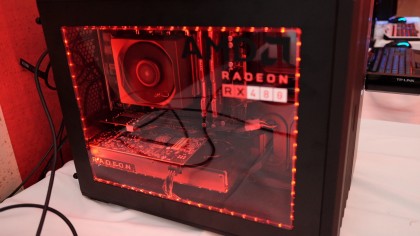
Left to its own devices, the RX 480's stock fan is quiet and keeps the card running at a reasonable 73 degrees under load. It amps up to around 82 degrees celsius once you ramp the overclocks up - well within acceptable parameters - and if we're honest it's a little conservative too. That's no doubt in response to all those internet commenters claiming they no longer need heaters after the launch of the R9 200-series GPUs way back in 2011.
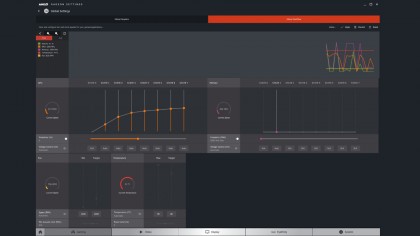
Overclocking mode on
Rather interestingly, the biggest change that came with the launch of Polaris 10 actually stems from AMD's Radeon Crimson software package. I'm speaking particularly here of a fantastically in-depth overclocking utility going by the name of WattMan.
Currently it's the only way you can overclock these GPUs as voltage controls and power limits are strictly locked outside of the BETA software, at least for now. Although it's likely we'll see Sapphire, MSI and other Add-in-Board (AIB) partners update their packages accordingly.
So, what's so special about this new tool? Well, aside from opening up voltage control, it gives you access to a variety of other settings and allows you to overclock the core clock. There's your typical easy mode, where you can increase the core clock by a certain percentage (alas no MHz increases here, but percentages instead).
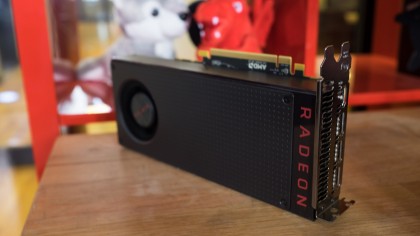
Or, you can take it one step further and change the frequency curve at each DPM state, alongside with how much voltage you apply at each state to the GPU. This allows far more control over how your card performs.
During my testing, to get the most out of this card, I set the voltage across the board up to 1150 mv at each DPM state. I also enabled a GPU offset of 8%, increased the memory offset by 190 MHz and unlocked the power limiter all the way up to 50%. I saw a final clock of 1,366 MHz. In 3DMark's Firestrike test, this increased our score from 10,542 all the way up to 11,775, a full 400 points higher than a reference GTX 980.
That's bad for a card that (at time of writing) costs a chunk less. But one thing to bear in mind is that the RX 480 I tested comprises of a single six-pin power. Aftermarket partners will no doubt add additional power to the card and improve the power phases, so it's not out of the realm of possibility to expect higher overclocks once higher end boards become available.
Current page: Performance, cooling and overclocking
Prev Page Introduction and specification Next Page Verdict
Zak is one of TechRadar's multi-faceted freelance tech journalists. He's written for an absolute plethora of tech publications over the years and has worked for Techradar on and off since 2015. Most famously, Zak led Maximum PC as its Editor-in-Chief from 2020 through to the end of 2021, having worked his way up from Staff Writer. Zak currently writes for Maximum PC, TechRadar, PCGamesN, and Trusted Reviews. He also had a stint working as Corsair's Public Relations Specialist in the UK, which has given him a particularly good insight into the inner workings of larger companies in the industry. He left in 2023, coming back to journalism once more. When he's not building PCs, reviewing hardware, or gaming, you can often find Zak working at his local coffee shop as First Barista, or out in the Wye Valley shooting American Flat Bows.
